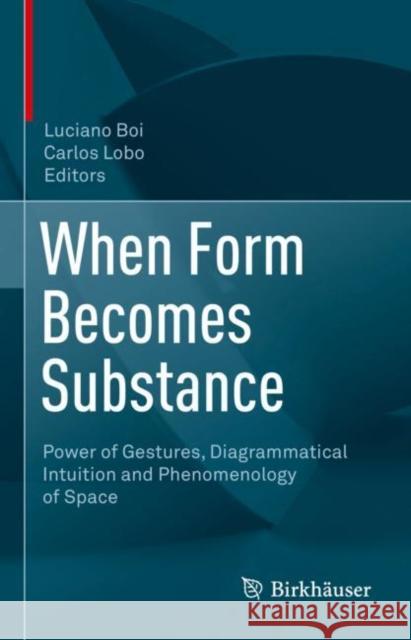When Form Becomes Substance: Power of Gestures, Diagrammatical Intuition and Phenomenology of Space » książka
topmenu
When Form Becomes Substance: Power of Gestures, Diagrammatical Intuition and Phenomenology of Space
ISBN-13: 9783030831240 / Francuski / Twarda / 2022
Kategorie BISAC:
Wydawca:
Birkhauser
Język:
Francuski
ISBN-13:
9783030831240
Rok wydania:
2022
Wydanie:
2022
Oprawa:
Twarda
Wolumenów:
01
Dodatkowe informacje:
Wydanie ilustrowane











